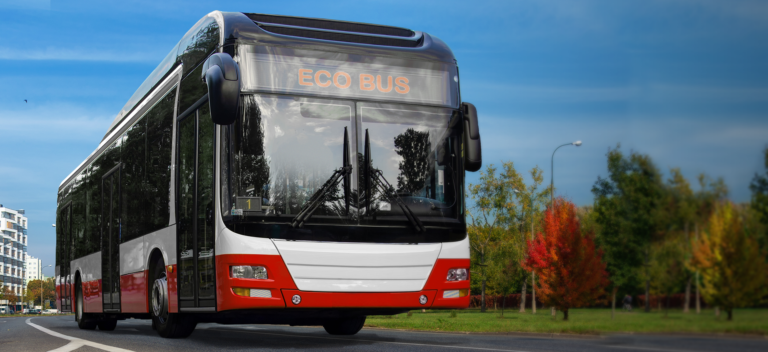Reducing our carbon footprint by investing in architecture.

The recent news that Ottawa is looking to spend a billion dollars on a fleet of electric buses is welcome news.
The urban built environment is responsible for about 75% of annual GHG emissions, with buildings accounting for 39% of the total emissions. Converting our public transit system to a zero GHG emissions target is admirable; it’s a great way to take some climate action and move to a lower Greenhouse Gas (GHG) target. And, the impact is visible because we see it on our streets and can hold announcements every time we buy a new fleet.
Spending a billion dollars over the next five years, with federal loans and support, is a lot of money. At $1.3 million per bus, plus the added cost of electrical infrastructure, this is not a cheap decision.
In making this decision, we commit to a lifetime of continuous investment. Today’s current fleet of 450 buses can be replaced in the next 5 years with a combination of loans and capital spending. But we will be replacing the buses bought today every 10 years or so. This is a cycle of continuous replacement that could be hundreds of millions of dollars every year.
Compare that with buildings.
If we invested a billion dollars in the next 5 years, converting our existing building stock, and all our new buildings, to zero GHG emissions, that investment lasts forever. We don’t need to reinvest that same money every ten years because buildings last longer than vehicles.
And because they stand still and sit there, they can be measured, modified, and studied. We can make many of these buildings not only zero-carbon but net-zero energy. That means generating all the power we need to operate the building on-site, offsetting the operating cost of all that electricity.
Current plans have us shifting the bus inventory to an all-electric fleet with no middle ground. Buildings, on the other hand, can be gradually shifted to zero GHG. We can target the easier goals of getting to a 90% GHG reduction today and tackle bigger issues that solve the last 10% later. That could mean a more measured rollout of actions to reduce energy use with district energy, like an Ottawa 2030 District, allowing for a more effective use of our investment.
Building a more moderately dense city means we need fewer cars. A more moderately dense city means not only fewer cars but less public transit because our communities are more walkable. More moderate density promotes a city for active transportation, a key goal of the new Official Plan that doesn’t need as much public transit.
That is an investment that lasts for generations with no replacement cost.
Investing in buildings is known to be critical to reducing our carbon footprint. The Senate of Canada reported on this in 2018. That same report noted that our buildings “reflect who we are, individually and collectively, and represent not only our inheritance from the past but also our legacy for the future.” Our buildings reflect our values, our culture and who we are as a society.
Buildings are a physical expression of what our culture values. What do we value as a society? As a city, we have made a paltry investment in climate change, committing $3 million towards energy efficiency in buildings. That is less than half a percent of the total city budget and a fraction of the amount spent to widen or resurface roads.
Similar to Ottawa’s Energy Evolution, Edmonton has targeted ambitious carbon reduction in its new official plan. Much of the plan focuses on the need to invest in buildings. While Ottawa’s new Official Plan proposes similar steps, they are empty without a true commitment in both the budget and council decisions. A recent analysis of a proposed demolition to replace a building in the UK indicated that demolition alone would be double the cost of a retrofit equal to about 1,600 cars driven for a year.
When making “environmental” decisions, we need to be conscious of the actual impact, opportunity, lifespan, and replacement costs.
We also need to see a stronger investment in the built environment:
- More moderate density, incentivizing sustainable buildings in the private sector.
- Better investment in the City’s own inventory of buildings before they fail.
- More new parks, street trees and preservation of public greenspace to enhance the quality of life and make active transportation a better choice.
- Embedding lifecycle carbon cost in building approvals and land use planning.
An all-electric public transit system is part of that solution but is not, by itself, enough.
Architecture matters.
This article was also published in the Ottawa Citizen.
Toon Dreessen is president of Ottawa-based Architects DCA and past-president of the Ontario Association of Architects. For a sample of our projects, check out our portfolio here. Follow us @ArchitectsDCA on Twitter, Facebook, LinkedIn and Instagram.